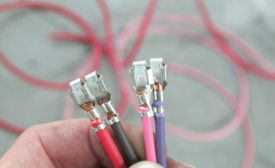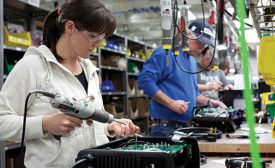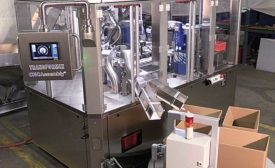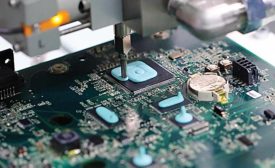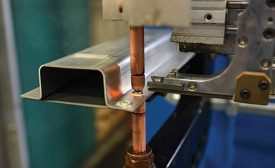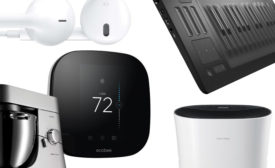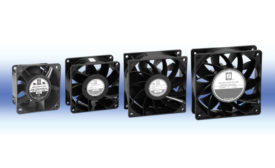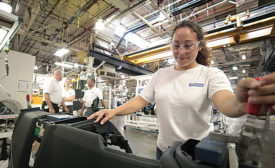Featured on Home Page
A new standard developed by German automotive OEMs provides insight into crimp force monitoring.
Read More
Operational Excellence Starts With Culture
To achieve operational excellence, the existing corporate culture must be addressed head on.
January 6, 2017
New Mixer Optimizes Adhesive Performance
An innovative, square-shaped static mixer conserves two-component materials, speeds curing, and enhances bond strength.
January 6, 2017
Electric Power Will Transform Aviation
Hybrid-electric aircraft create sky-high challenges and new opportunities
January 5, 2017
Vision Enables Flexible Assembly
A new, flexible assembly system produces the same volume and part mix as six older machines.
January 5, 2017
Dispensing Thick Materials
Precise valves and powerful pumps are essential to properly dispense one- and two-component high-viscosity materials.
January 5, 2017
Resistance Spot Riveting
A new joining method for sheet metal combines traditional riveting with resistance spot welding.
January 5, 2017
Understanding and Using Emerging Aesthetic Design Trends
An aesthetic design trend is composed of elements such as form, shape, proportion, color, materials, finish, texture and typography that create a distinct visual personality.
January 1, 2017
Growing Popularity of High Static Pressure Fans & Blowers in Smaller Applications
When selecting the optimum cooling solution, it is vital to know the static pressure of the system.
January 1, 2017
ASSEMBLY Capital Spending Report: Capital Spending to Increase
With automotive and aerospace manufacturing going strong, our annual Capital Equipment Spending Survey predicts continued growth in investment.
December 1, 2016
Never miss the latest news and trends driving the manufacturing industry
Stay in the know on the latest assembly trends.
JOIN TODAY!Copyright ©2024. All Rights Reserved BNP Media.
Design, CMS, Hosting & Web Development :: ePublishing
